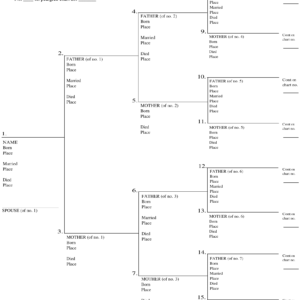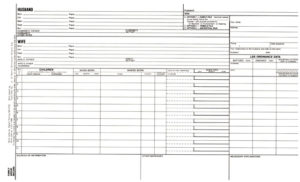Have Fun! If you are tired and your eyes hurt, take a break. There is still tomorrow.
Always write dates in this format dd mmm yyyy. Example 12 Jun 1889.
Perhaps there is specific date for an event. You can use Bef. or Aft. or Abt. If needed, and can use just part of a date. For instance: Abt 1602 or Aft May 1583. Example. A person dies in battle that occurred between 8 and 10 May 1053. The burial date is Aft. 10 May 1053. Why not Abt. May 1053? What if the death was in Jerusalem during a crusade and was brought back to France for burial? The burial date would most likely be in June 1053.
Do not use abbreviations for States and Countries. Do not append a county name with the word county: Examples:
Correct: Columbus, Franklin, Ohio, United States -or- Columbus, Franklin, Ohio, USA
Wrong: Columbus, Franklin Co., OH
Exception: You can use abbreviations for township and cemetery. Use Twp. and Cem.
Family Search standard is United States. Some programs recommend USA. The choice is yours. However, most genealogists, especially LDS, will use United States. You must choose one.
ALWAYS include the country and stay away from abbreviations. Please not that we are not the only country that uses United States as part of the name. The legal name of Mexico is Estados Unidos de Mexico. But, worldwide including in Mexico, when United States is used in conversation or even written, the United States of America is what is intended. So, United States or USA is your choice for your records – but be consistent.
Correct: Bedford, Bedfordshire, England, United Kingdom – or – Bedford, Bedfordshire, England, British Isles.
United Kingdom vs British Isles. The United Kingdom died not exist before 1 May 1707 when it was created by the Act of Union. Because so many of my ancestors had event dates before 1 May 1707, I use British Isles for all of my entries regardless of the event date. British Isles is always an acceptable choice.

